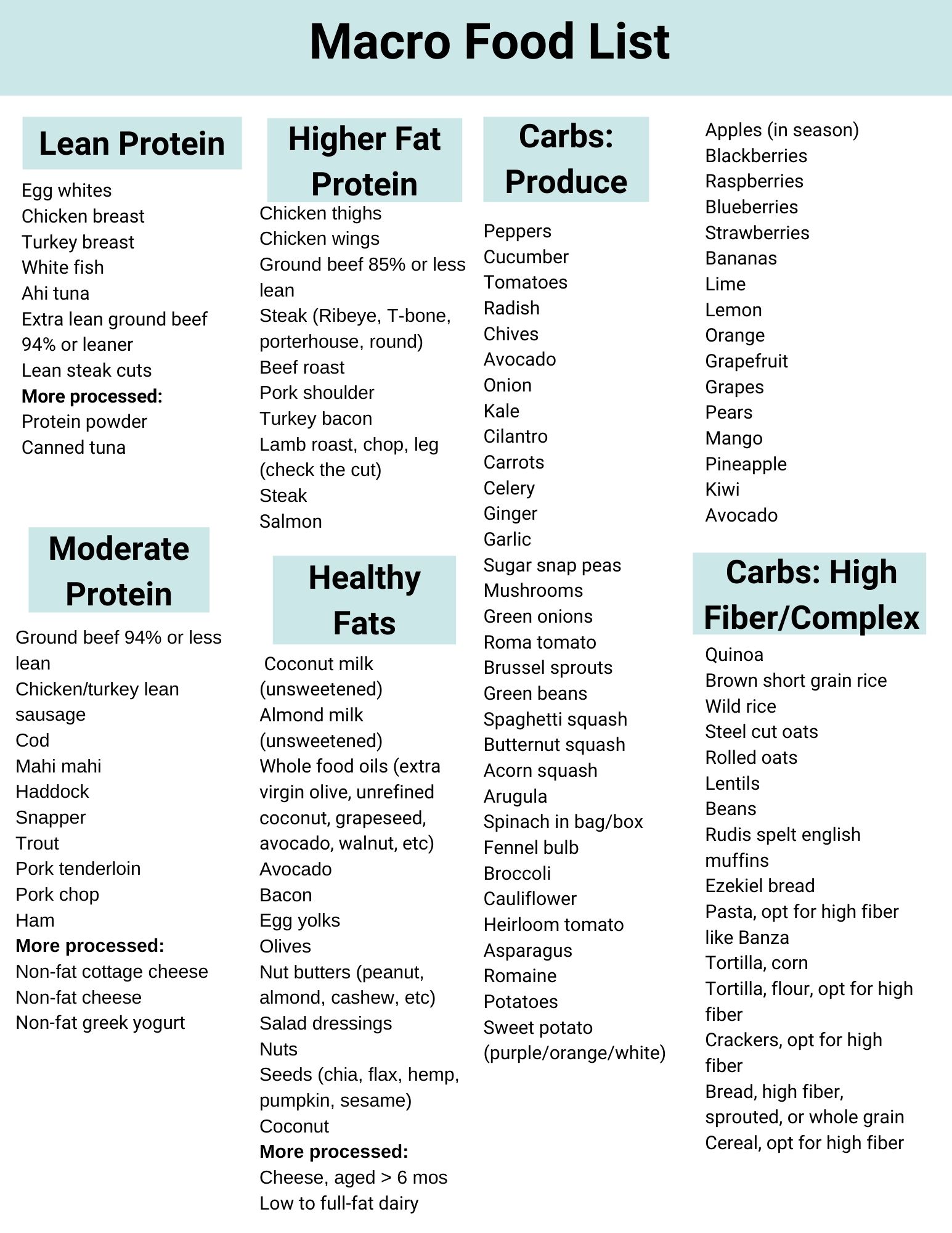
What’s possible with macros? Check out these client results:
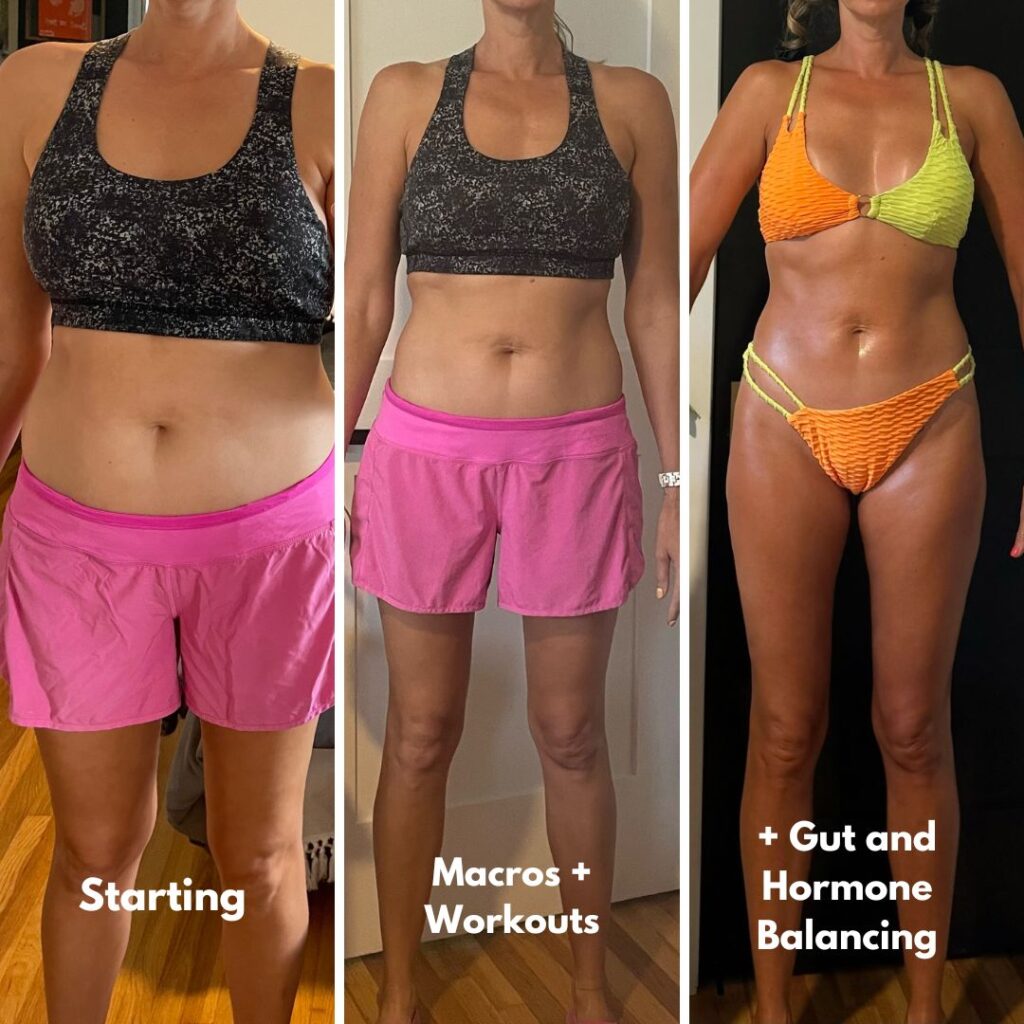
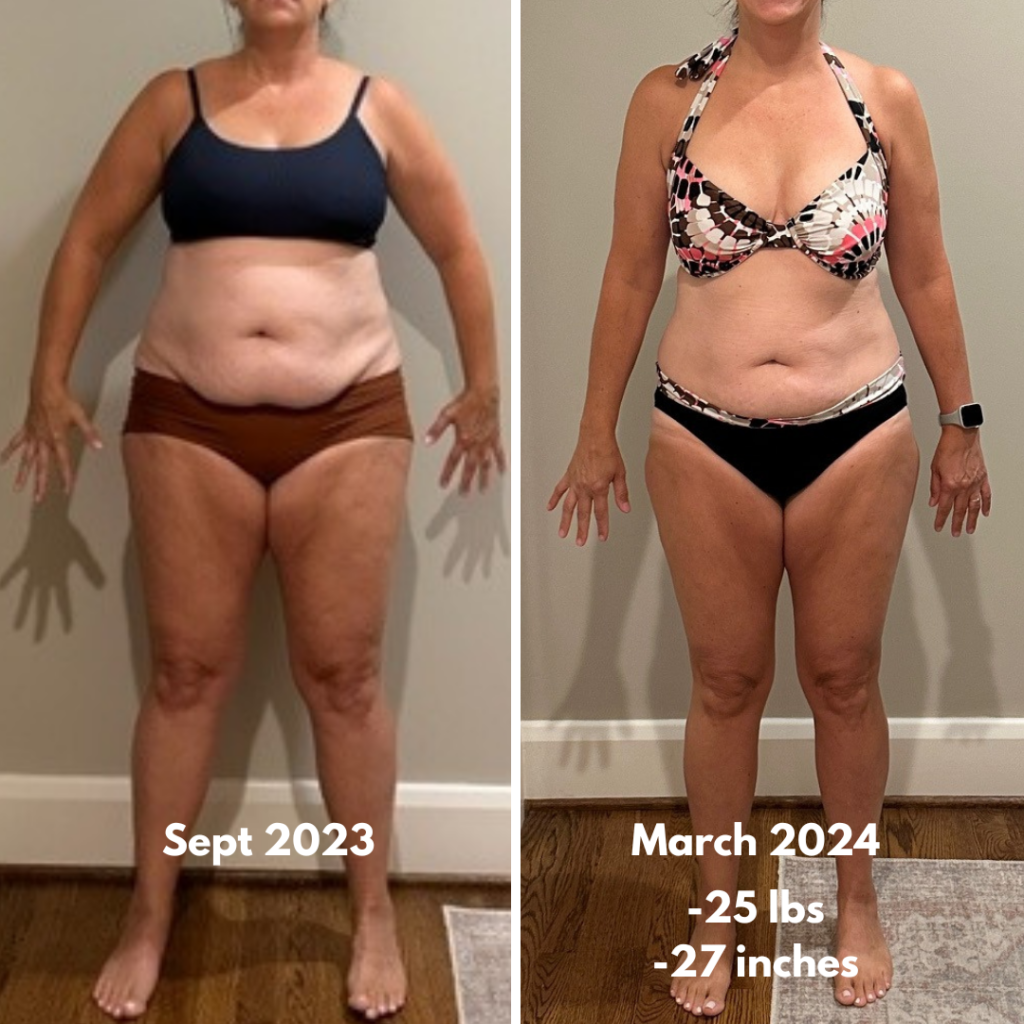
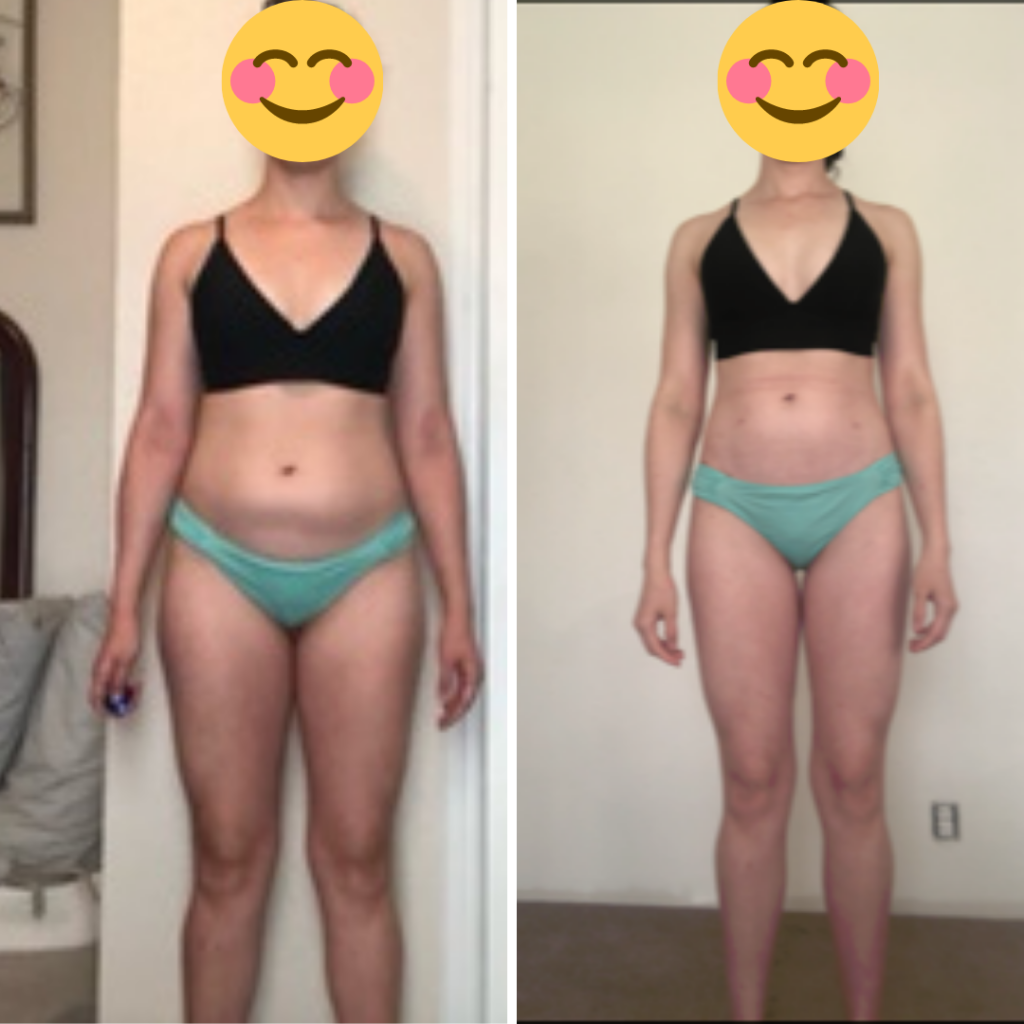
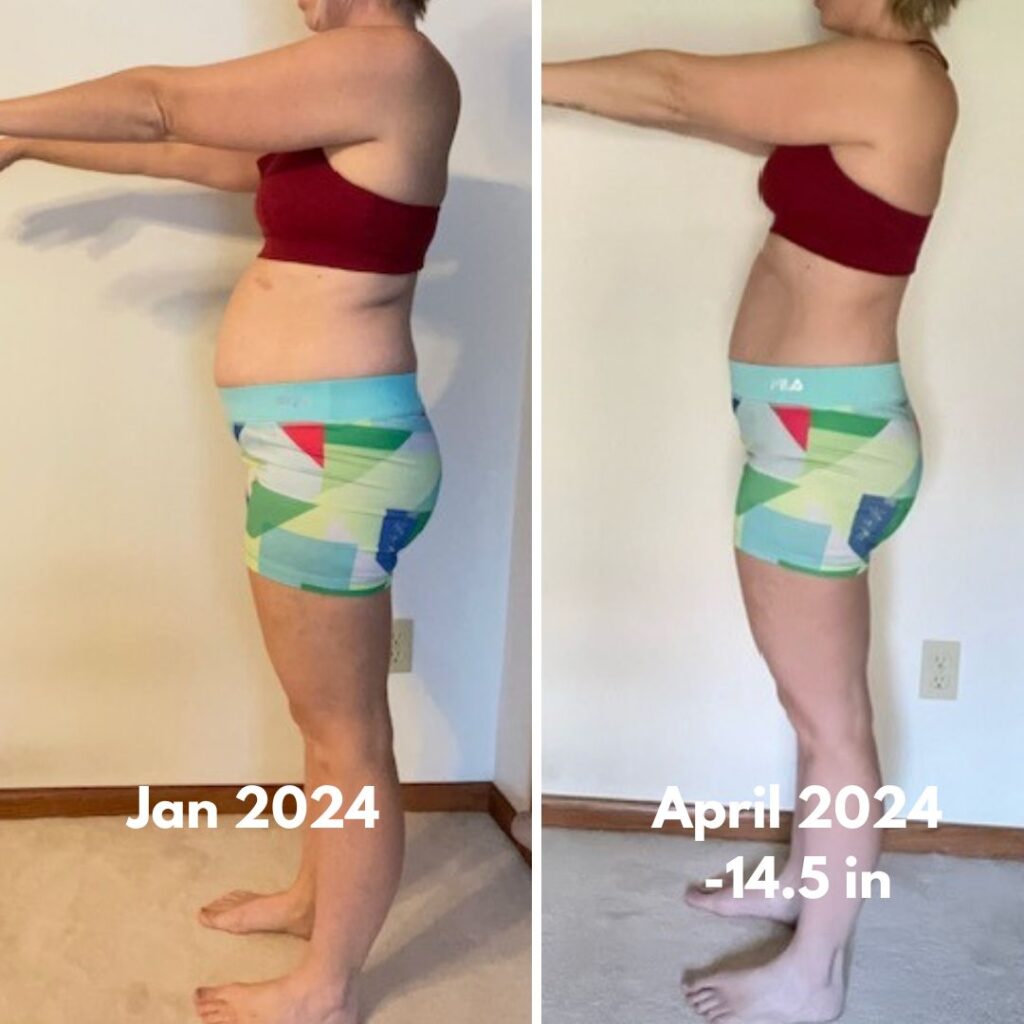
WANT RESULTS LIKE THESE? BOOK A FREE 15 MIN CONSULTATION WITH ME
While you are here, don’t forget to grab my step-by-step guide on how to count macros for fat loss.
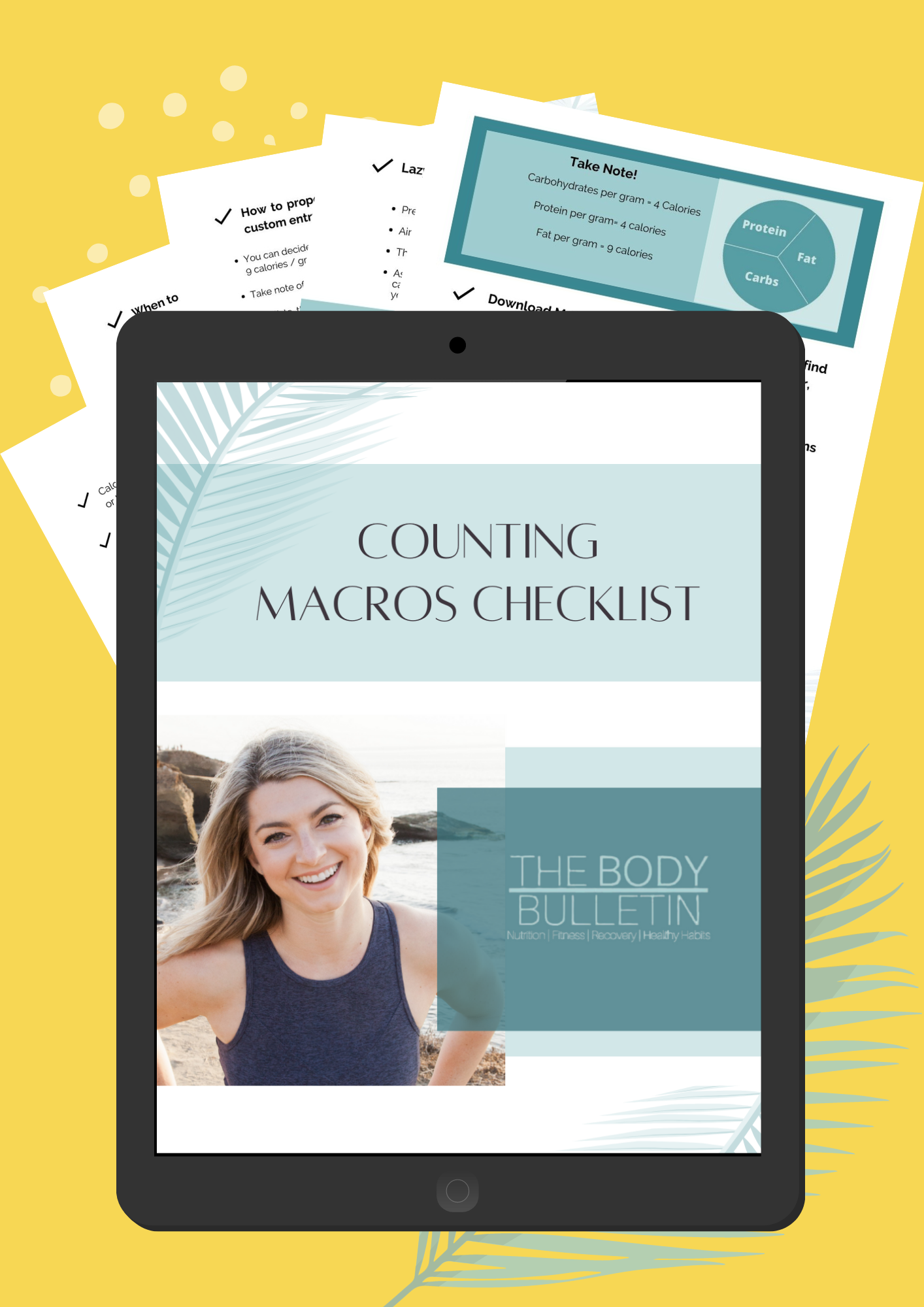
Counting Macros Checklist
Download the time-saving step-by-step guide to counting macros for busy professional women.
If you just want the macro food list, skip the science-y stuff and scroll down.
Don’t lose this list! Download the bonus macro list below.

Macro Food List
Take the guessing out of what to eat for weight loss without being hungry!
Grab this macro food list!
Disclosure: The post may contain affiliate links. This means, at no additional cost to you I may make a small commission if you click and make a purchase.
Macro is short for macronutrient
Macronutrients are the three nutrient categories a food is primarily made of, which are, protein, fat, and carbohydrates. In other words, each food you eat contains calories, the macro the food falls into is determined by what the majority of the calories come from either protein, fat, or carbs. This macro food list will help you understand which foods fall into which category.
A simple example is an apple. An apple is on the carbohydrate macro food list because it’s roughly 70 calories (average serving size) are made of mostly sugars and fiber, which are carbohydrate based nutrients and very little fat or protein based nutrients.
Some foods contain more than one macro
For example, eggs contain a yolk, which is primarily a fat, but also the egg whites, which are primarily protein. When you are building meals, counting calories, or macros, it’s important to take into consideration all the fat you’d get along with the protein from eggs, as fat has twice the amount of calories per gram of protein. In other words, if you consume the same amount in weight of egg whites vs. egg yolks, the yolks would have far more calories.
It’s not as important to understand the science of nutrition as it is to understand how these macronutrients affect the body.
How do we use macros?
Protein is involved in repair and rebuilding of tissues, hormones, and our immune system. You need more than basic requirements of a sedentary person if:
- You train frequently
- You are sick or in recovery
- You’re older, as protein is easily digested
- You lose protein for some other reason
- Are trying to lose weight
Fats we consume are used to transfer energy in skeletal muscle or other tissues or for storage. Helps balance hormones, forms cell membranes, forms our brain and nervous system, helps transport fat-soluble vitamins A, D, E, and K. and provides us two fatty acids we aren’t able to make on our own: Omega-6 and Omega-3.
Carbohydrates are the body’s ideal form of energy. We break down carbs faster than any other nutrient starting from the moment we chew. The body will use carbohydrates for energy first even if other nutrients are available.
How to use this macro food list
Use this list to get inspiration for what to eat, building your meal plan, or to learn which foods belong in which macronutrient category.
There are many more foods other than those listed here. The macro food list below encompasses whole real foods with little to no processing unless noted.
Macro food list: Protein Macros
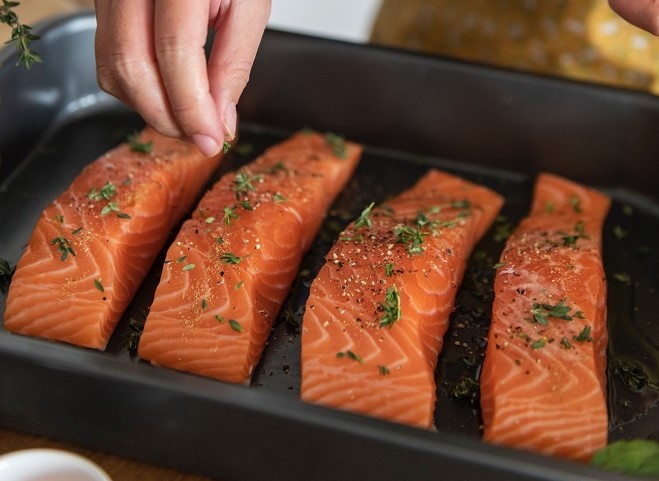
Lean protein
- Egg whites
- Chicken breast
- Turkey breast
- White fish
- Ahi tuna
- Extra lean ground beef 94% or leaner
- Lean steak cuts
More processed:
- Protein powder
- Canned tuna
Moderately lean protein
- Ground beef 94% or less lean
- Chicken/turkey lean sausage
- Cod
- Mahi mahi
- Haddock
- Snapper
- Trout
- Pork tenderloin
- Pork chop
- Ham
More processed:
- Non-fat cottage cheese
- Non-fat cheese
- Non-fat greek yogurt
High fat protein
- Chicken thighs
- Chicken wings
- Ground beef 85% or less lean
- Steak (Ribeye, T-bone, porterhouse, round)
- Beef roast
- Pork shoulder
- Turkey bacon
- Lamb roast, chop, leg (check the cut)
- Steak
- Salmon
Macro food list: Fat Macros
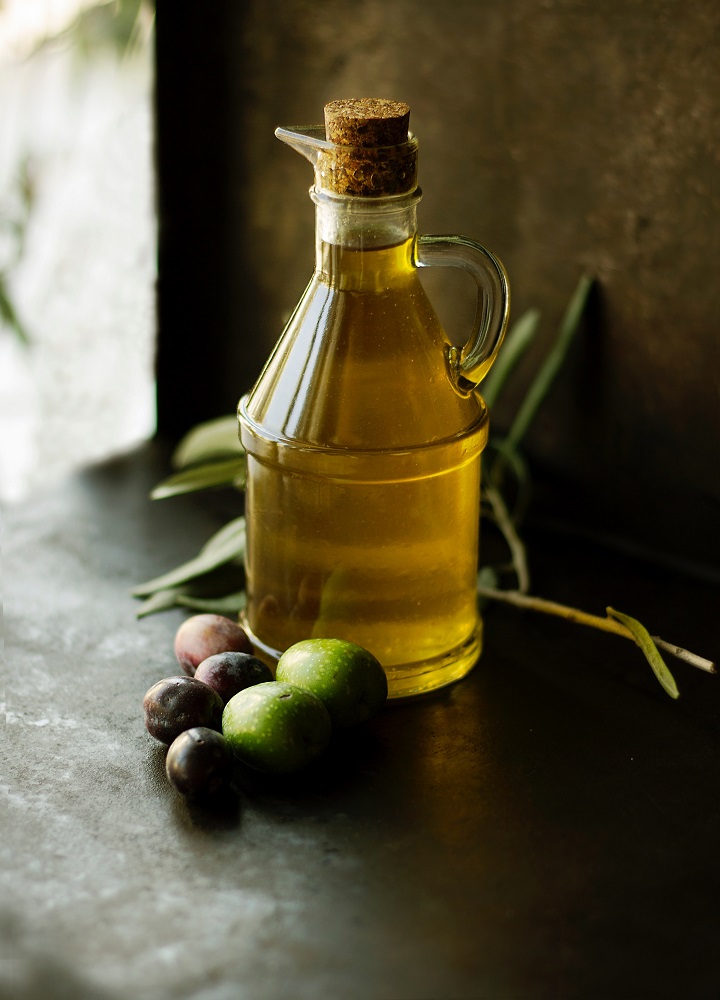
- Whole food oils (olive, coconut, grapeseed, avocado, walnut, etc)
- Avocado
- Bacon
- Egg yolks
- Olives
- Nut butters (peanut, almond, cashew, etc)
- Salad dressings
- Nuts
- Seeds (chia, flax, hemp, pumpkin, sesame)
- Coconut
More processed:
- Cheese, aged > 6 mos
- Low to full-fat dairy
Macro food list: Carbohydrate Macros
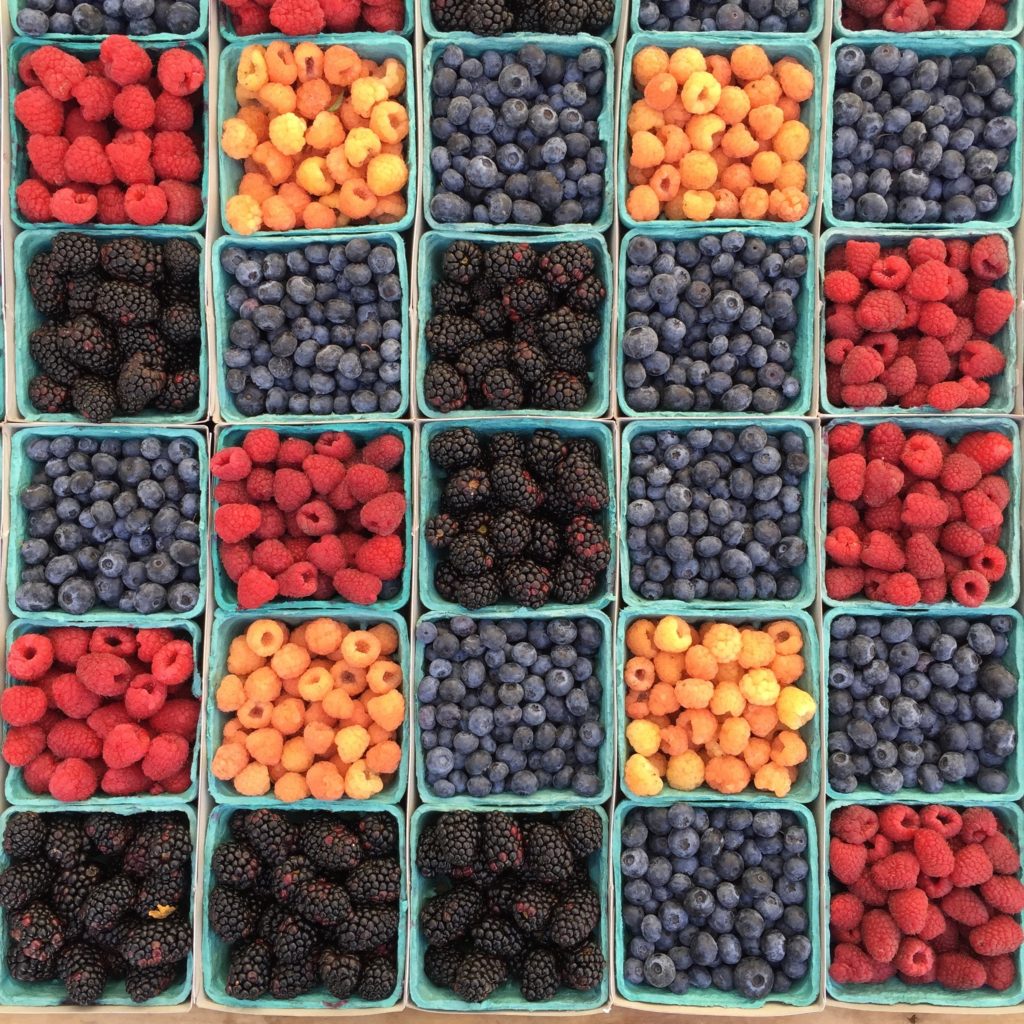
- Fruit
- Vegetables
- Starchy vegetables (potato, sweet potato, squash, corn, etc)
- Rice, whole grain, brown, black, wild
- Quinoa
- Beans
- Lentils
- Popcorn
- Oats, steel cut, rolled, or old fashioned
- Grits
More processed:
- Pasta, opt for high fiber like Banza
- Tortilla, corn
- Tortilla, flour, opt for high fiber
- Crackers, opt for high fiber
- Bread, high fiber, sprouted, or whole grain
- Cereal, opt for high fiber
Take this list with you everywhere you go by downloading the macro food list below.

Macro Food List
Take the guessing out of what to eat for weight loss without being hungry!
Grab this macro food list!
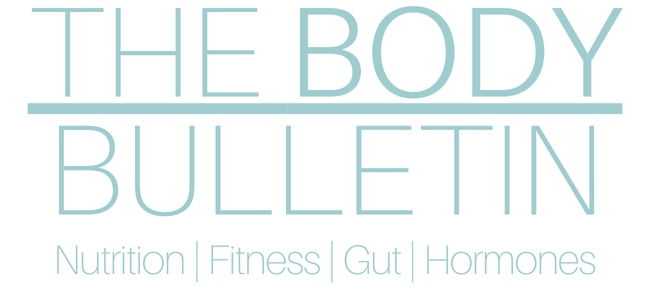
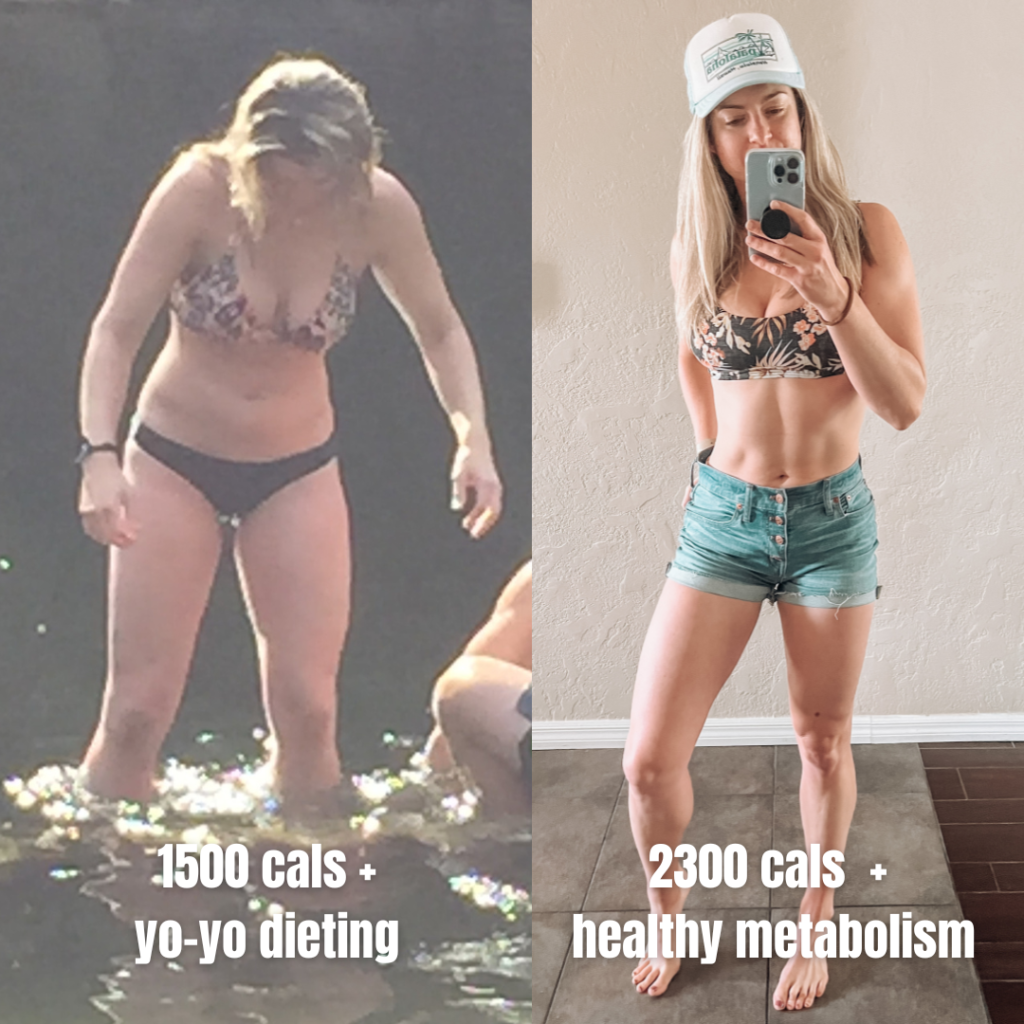



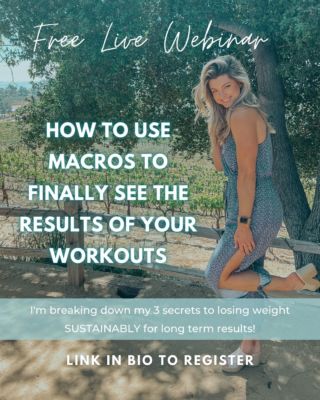

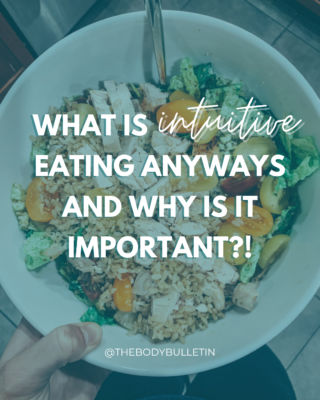
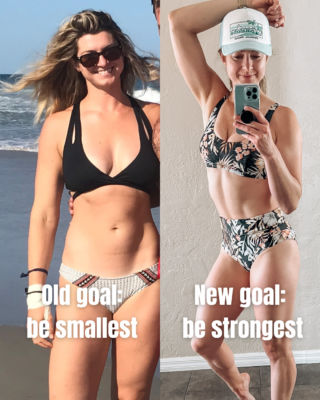
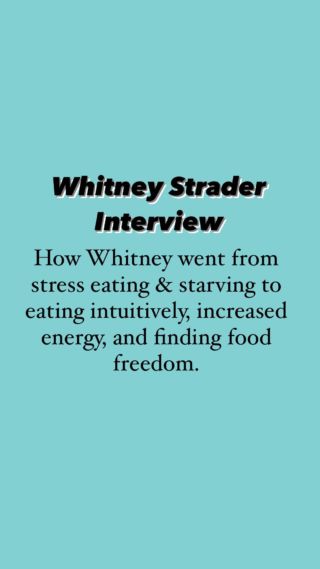
[…] Macro Food List For Meal Prep […]
[…] The way I define eating clean is choosing a variety of natural, minimally processed foods. This includes unprocessed or minimally processed protein, carbohydrates, and fats. For a detailed list of clean eating foods by macronutrient click here. […]
[…] Macro Food List For Meal Prep […]